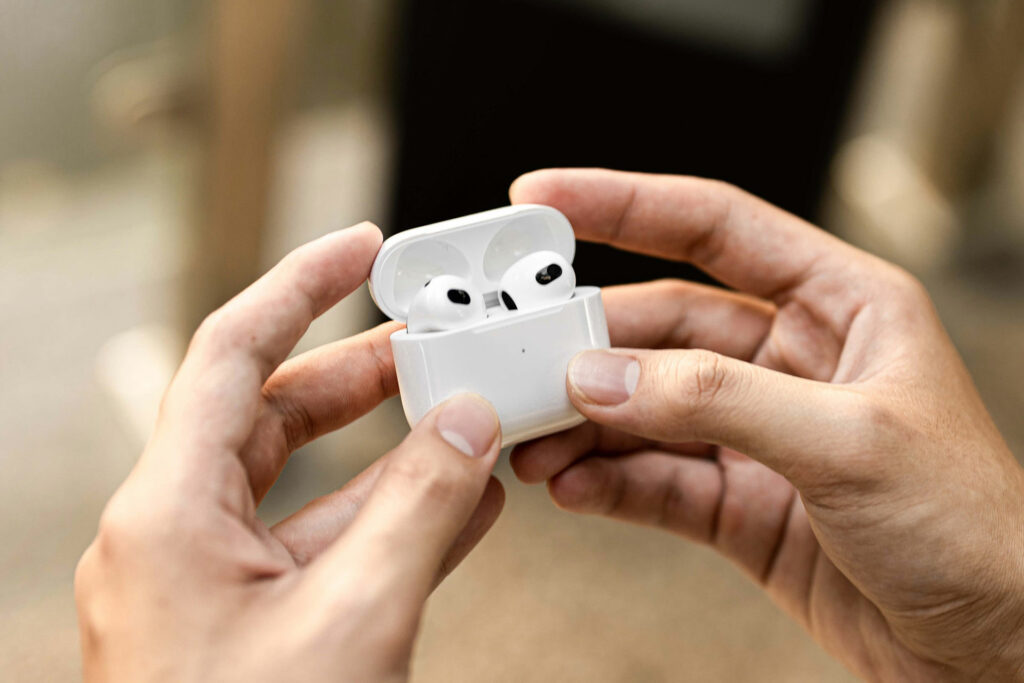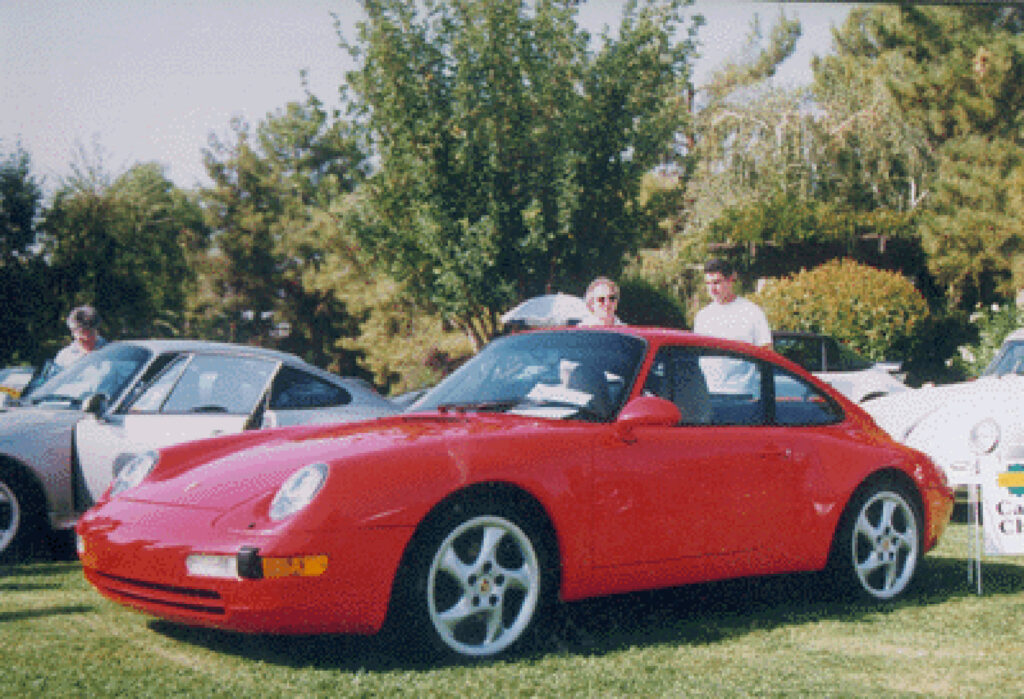At the AXPONA audiophile show in Chicago this past spring, I had a conversation with a well-respected member of the audiophile community, on the manufacturer side, who was talking about the future of the hobby. His premise was that for far too long, hi-fi has been lacking inclusion for younger people and women. He was right that far too often this is a hobby about older men, listening to obscure (but fantastically recorded) music, stereotypically by themselves in a messy room that nobody ever gets to spend time in other than them. We started talking about how younger people have a passion for music that exceeds that of Boomers and Generation X. These younger listeners don’t have a reference for what it was like to record a song on a boombox off of FM radio. They don’t know what it was like to build a music collection, be it on vinyl or Comact Disc (or both), over time, which is a costly but fun process. What they do know is that having thousands of songs in the palm of their hands everywhere that they go is completely normal and mainstream. The older of these younger music enthusiasts vaguely remember being able to download music (illegally) via peer-to-peer sites like Napster or LimeWire. Today, they embrace streaming, which gives them unlimited access to music at CD-or-higher resolutions.
That has been a total game changer for both music fans and audio enthusiasts. Many Millennials and Zoomers value going to music festivals like Coachella, Stagecoach, or Bonaroo as their generation’s Woodstock – and good for them for loving music at that level.

Our challenge as hi-fi evangelists, though, is to get this vast demographic to see what we do as audiophiles as cool, valuable, and worthwhile. Spending $5,000 to go to a music festival is a once-in-a-lifetime experience and likely worth the investment one or a few times. At the same time, that same $5,000, when invested in audio, can deliver access to an elevated musical experience every night. I just don’t think that message is out there with the younger audiences, but it is our aspirational editorial mission.
Getting back to this industry executive: he said something to me that was really eye-opening: “Anybody with a pair of earbuds can be an audiophile,” which is the most inclusive statement and one that really got me thinking about the future of the hobby.

I’ve been doing research on headphones versus traditional audio in terms of SEO (search engine optimization), as I own a firm that helps other companies up their web presence, and the basics are this: headphone terms get about 25 time more traffic than traditional hi-fi. It is just that much bigger. Headphones are a great place to get started in the audiophile world if you are young and just getting your footing. Headphones (even earbuds) are a self-contained audio system that is lightweight, portable, and often affordable. If you invest just a little more money than the entry-level, you can get some pretty good sound. With ANC (active noise cancelation), you can block out crying babies on a plane, weirdos on the subway, and with the right processing even loud-talkers at work. You can also stream, right from your phone, a whole world of music that is unlike anything that could be believed 15 years ago. The world is our oyster, musically. We can have it all and for close to no money.
Are earbuds the be-all and end-all for audiophiles? No, not at all. They are merely a starting point that is inclusive and approachable. The hope would be that as a young listener gets more established in his or her life, they would make music a higher priority as funds allow. For example, our long-standing writer, Brian Kahn, just did a review of four affordable audiophile turntables with the help of his son Danny. Danny set up all of these $500 to $700 turntables with the oversight of his father. He got to play with them, and for his efforts, he got to keep one. The one he chose was an Audio-Technica with Bluetooth connectivity, which he chose because he wanted to connect with his Bowers & Wilkins Px8 headphones (likely kicked down from his dad) via Bluetooth. That’s fair enough. The idea that a 15-year-old is cool with spinning a record old-school style is a very hopeful concept for the future of this hobby.

There’s more good news in the transition from earbuds to in-room audio. Affordable audio is everywhere and, in many cases, it is really, really good. I’ve written extensively about Chi-Fi (Chinese Hi-Fi) and how it is re-energizing the audiophile hobby, but by no means is Chi-Fi the last word in terms of today’s best affordable audio for younger audiophiles who now can buy, say, a legitimate tube preamp without breaking the bank or having to buy some beat-down relic from a pawn shop. With a smartphone or a tablet in hand and a few audiophile components, you can be in business with a full-range hi-fi system for $500 to $750 – all-in. Add in a small powered subwoofer and things get even better. Tack on a few affordable room treatments and you’ll start to appreciate the kind of sonics that anybody can hear. These are the kind of upgrades that aren’t subtle. They are huge and they don’t come at a price that is so high that you could have reasonably paid down your student loan debt with the cost of your DAC.
The fact of the matter is that a new audiophile needs to start somewhere in their journey. Why not get started with some kick-ass, audiophile grade headphones – or even earbuds? Technological snobs would say that it is an inferior audio experience to a full, audiophile-grade music playback system and while that is true, that’s like saying that if you want to be cool on your 16th birthday that you need a C8 Corvette to drive to school even though a nifty VW will get you there and started driving in style. Case in point, when I was 16 my father refused to buy me a car as he wanted me to earn the privilege of having my own transportation via hard work. He made me rent his very beige 1981 300 SD Turbo Diesel Mercedes for $150 per month, which I paid with my stereo store sales commission. For the next six months, I took those diesel-fueled, allegedly turbo-charged four cylinders all over Philadelphia and South Jersey until I had saved up enough commissions to buy a bright red 1992 Volkswagen GTI.
That was a very cool little car and a great place to start as a 16-year-old kid with an understandably high insurance bill as well as a need for speed. By the time that I got to USC for college four years later (almost exactly 30 years ago to the day, as I type) I made a little more money and upgraded to newer, faster VW GTI VR6 packing a six-cylinder power plant as well as custom upgraded leather front seats and an Alpine, Rockford Fosgate, Boston Acoustics, and JL Audio car audio system. I was on my way even if I didn’t know it at the time.

Roll the tape forward to 22 years old, barely out of college and the owner of a dotcom publication called AudioRevolution.com – I sold a big stereo system for a past Cello client and made $40,000 profit for me. What did I do? Did I save it for retirement? No, I didn’t! I bought a barely used Porsche 911 in Guard’s Red with a cashmere leather interior and 18-inch “Turbo Technology” Porsche wheels. And that was just the start to the fancy cars that I would buy in the coming years. During that time period, I also became a member of the Porsche Club of America. I showed that car and won close to 100 concourse d’Elegance awards and was invited to show my car at the Monterey Historic Races (including getting to do parade laps on the legendary Laguna Seca race track with the other 60 cars that were invited). I was all-in on my exotic car journey from an early age because I had people who helped me get involved. The older members of the PCA couldn’t have been more inclusive, supportive, and helpful, which inspired me to keep going for years and years. Perhaps again someday (maybe when I don’t need a car seat anymore) I will buy another cool car. I do get the itch and I’ve got a quirky Ferrari from the mid-1990s that I have my eye on.
Much like my wonderful personal experiences with cars and the exotic car community, we need to be inclusive with younger audiophiles at every chance we get. We should never shame entry-level, affordable audio – even when there is much better gear out there with a higher investment. If we can show a new audiophile what a bigger/better system sounds like, that should be done. Just like a test drive in an exotic car as a young man, a great audio experience will plant the seed of what could be for younger audiophiles. We all can do it by taking actions like bringing a new audiophile to a meeting of a local audiophile society or going to a regional audiophile show. Heck, even going to say a Magnolia store and hearing some McIntosh or MartinLogan or Bowers & Wilkins or Pro-ject gear could be a life-changing experience. It can be a simple act like these that can start someone on their audiophile journey.
It is up to us, the audiophile community, to bring new people into our club. And we can do it, easily. It just takes a little effort and outreach. Remember: what we do (especially, when done right) is ultra-cool, creative, and lots of fun for everybody involved. Anybody who loves music will love our hobby when introduced to it properly. We just need to be outgoing and enthusiastic about how we present the audiophile world to them. Don’t worry, when exposed, they will love it.



